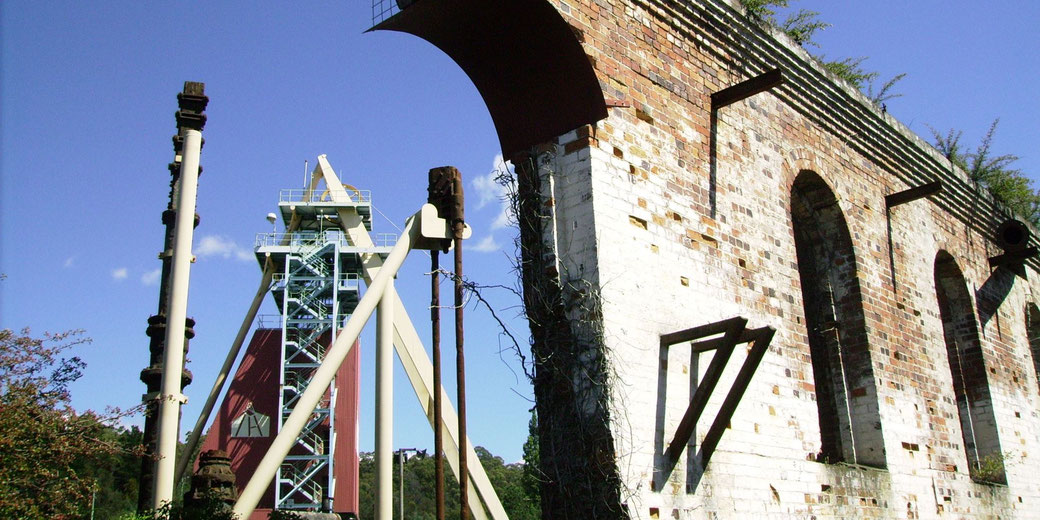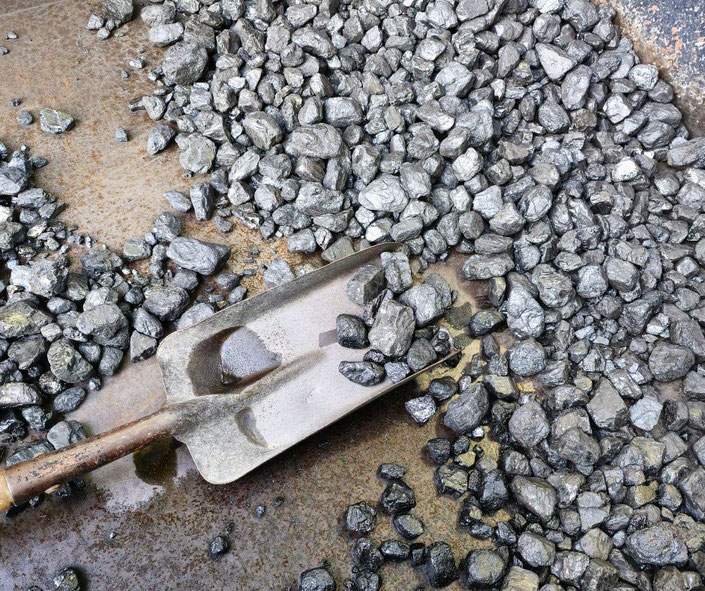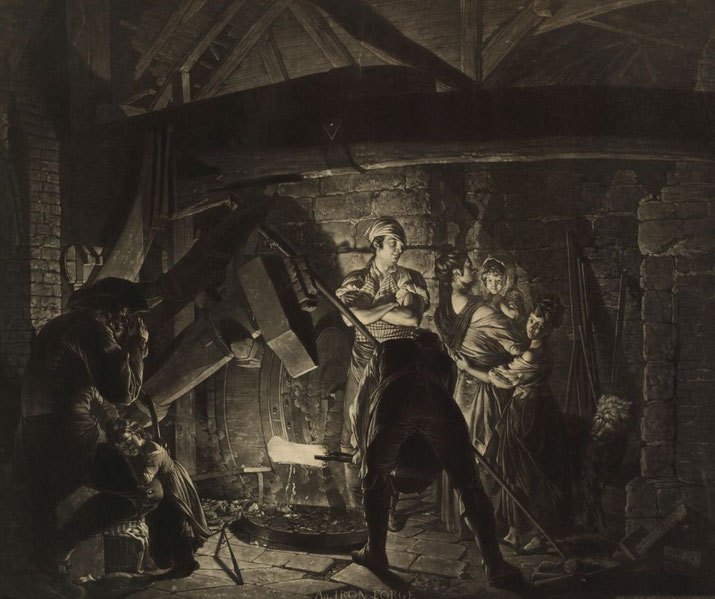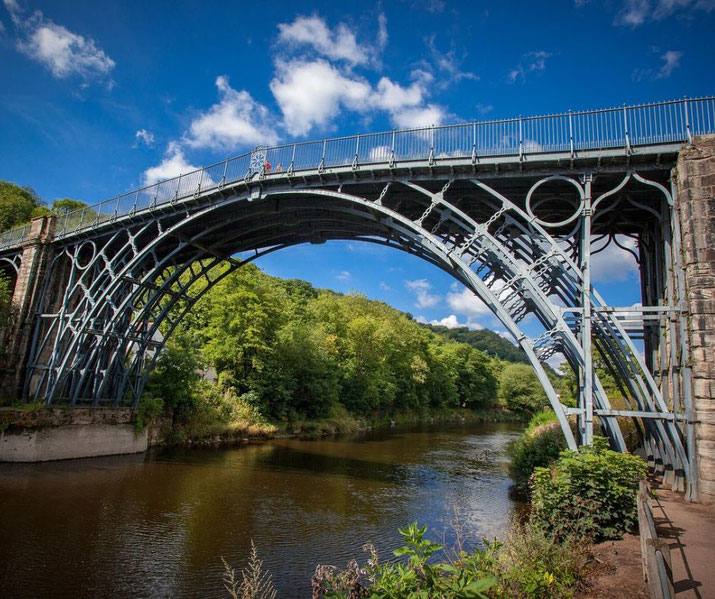The vital role coal and iron played in the Industrial Revolution

The Industrial Revolution was a time of great innovation and progress. One of the most important aspects of this revolution was the development of modern technologies that allowed for the mass production of goods.
Coal and iron were two essential materials that played a key role in this process. In this article, we will explore the importance of coal and iron in the Industrial Revolution and discuss some of the key developments in their production.
Traditional mining
Coal has been used for centuries as a source of energy. It was an important fuel for the steam engines that drove the Industrial Revolution.
Coal mining began in earnest in the 18th century, and by 1800 there were over one thousand coal mines in Britain.
The early method of coal extraction was called 'bell pit' mining or simply 'pit' mining.
This technique involved digging a vertical shaft and then removing the coal from the seam with picks and shovels. The coal was then taken it to the surface in a bucket with a winch. The mines often took the shape of a bell.
As mines became deeper, it became increasingly difficult to extract coal using this method because of the danger of collapse or flooding.

Iron was another essential material for the industrial revolution. It was used to make tools, machines, and buildings.
The traditional method of iron production was called ‘smelting’. This involved heating iron ore in a furnace until it liquefied, and then pouring it into moulds to cool and solidify.
The problem with this method was that it produced impure iron that was brittle and weak.
Developments in iron production
In 1709, Abraham Darby developed a new method of producing iron using coke instead of charcoal as a fuel.
Coke is made by heating coal in an oven until all the volatile compounds are driven off, leaving behind a lightweight, porous material that is ideal for use in furnaces.
'Coke smelting', as it was called, led to higher efficiency and the ability to produce larger quantities of iron.
Darby’s new method of using coke-based furnaces also produced a purer form of iron that could be used for better-quality products.
This innovation led to a boom in the coal mining industry, and by 1800 there were over 500 coke-fired furnaces in Britain.

Further developments came with the rise of the blast furnaces. The process involves pumping air into the furnace to create an oxygen-rich environment.
This causes the iron ore to melt and separate from the impurities. The molten iron is then poured into moulds where it solidifies.
This resulted in a stronger, purer form of iron called 'pig iron'. It was called this because it was in the form of a pig-shaped ingot, which came from the traditional shape of the molds used to cast the iron, which resembled a litter of piglets suckling on a sow.
Pig iron could then be further processed into other forms such as steel.
Puddled iron
Henry Cort developed another important innovation during the industrial revolution – the puddling furnace.
The puddling furnace was used to refine pig iron into a softer, more malleable form called ‘puddled iron’.
This process involved stirring the molten iron with long rods until it became a thick slag that could be separated and poured off.
The advantage of this process was that it produced a higher quality product than traditional smelting, and it was much more efficient than the methods used in the furnaces of the 18th century.
As a result, puddled iron became the dominant form of iron used during the industrial revolution.
Pig iron and puddled iron were both essential materials for the industrial revolution.
They were used to make a variety of products such as tools, machines, and buildings.
The first puddling furnace was built in 1784, and by 1800, there were over 200 puddling furnaces in Britain.
Iron Bridge
In 1779 the first large-scale iron bridge in the world was built, spanning the River Severn at Ironbridge Gorge. The building was overseen by the grandson of Abraham Darby.
While there were earlier, smaller iron bridges, this was a momentous achievement because it showed that iron could be used to build large, permanent structures.
The bridge is still standing today and is now a UNESCO World Heritage Site.

Further reading
What do you need help with?
Download ready-to-use digital learning resources
Copyright © History Skills 2014-2025.
Contact via email
With the exception of links to external sites, some historical sources and extracts from specific publications, all content on this website is copyrighted by History Skills. This content may not be copied, republished or redistributed without written permission from the website creator. Please use the Contact page to obtain relevant permission.





